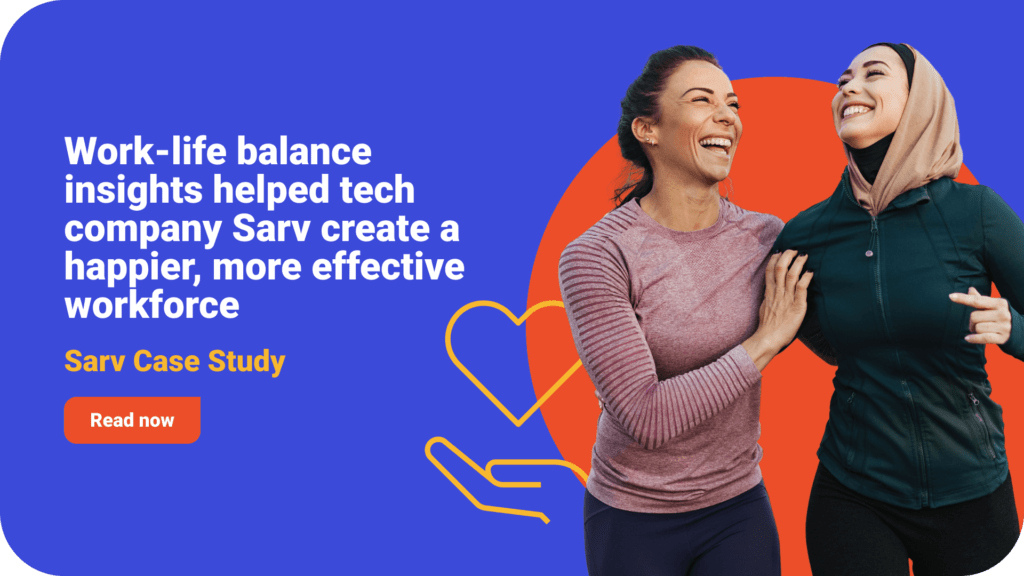A shocking trend has surfaced in an era where the boundaries between work and life are becoming increasingly hazy, having a lasting impact on workplace dynamics and employee well-being. 4 out of 10 workers, or a hefty 40%, have called in sick due to burnout, according to a recent MetLife UK survey of 2,009 employees. This is alarming data. This information highlights the growing problem of employee burnout and highlights the pressing need to review present workplace policies and health care programs.
The hidden reasons behind sick calls
Examining the study’s subtleties in further detail demonstrates that sick calls have a variety of motivations. Surprisingly, a range of other causes account for 30% of these absences rather than physical sickness. Of these, 31% of workers acknowledged that they have used sick leave to temporarily escape the obligations of their jobs and avoid the stresses of the workplace.
In the meantime, 23% used illness as an excuse to skip personal appointments, underscoring the difficulty in striking a balance between work and other obligations in life.
Another important element is the necessity for caregiving; 17% of respondents called in ill to tend to a kid, and 15% did the same for a relative. This illustrates the larger social problem of combining work and family responsibilities, a balancing act that frequently tests an employee’s endurance.

A closer look at sickness absence trends
The report also clarifies the patterns of sick leave, showing that, in spite of expectations for a post-pandemic recovery, things have stayed mainly same. The trend of sick leave, which reached a 10-year high, points to a recurring problem in contemporary workplace environments.
Interestingly, the lowest rates of sick leave are reported by those who work from home, suggesting that flexible work schedules may reduce stress and improve worker wellbeing.
The length of absence varies among individuals who have reported unwell, with 45% taking a week off. The data shows the diverse effects of professional stress and burnout on individuals, with 31% taking up to three days and 17% taking less than a day, trailing closely behind this number.
The path forward: Addressing burnout and enhancing well-being
Head of MetLife UK’s employee benefits Adrian Matthews highlights how important it is for companies to actively engage with employees and provide assistance when it comes to their health, especially when it comes to preventing burnout.
Stress, a drop in output, and disengagement are all warning indicators of burnout, a disorder that can impact an organization’s performance and morale on the whole, in addition to affecting specific individuals.
Matthews pushes for a proactive strategy, asking companies to have regular, honest conversations regarding the health and well-being advantages offered to staff members. This covers a full range of support services, such as financial protection, counseling, grief assistance, and mental health and wellness sessions.
These kinds of programs may encourage an atmosphere of transparency, lessen the stigma associated with mental health problems, and eventually lead to a happier, more effective staff.
Conclusion
The results of the survey conducted by MetLife UK are a sobering reminder of the urgent problems that today’s workers must overcome. Formerly a taboo topic, burnout is today recognized as a serious problem that has to be addressed right away by both companies and employees.
Going forward, it is critical that we cultivate an atmosphere that values mental health and well-being, seeing it as an essential component of workplace health rather than a luxury.
By adopting a comprehensive strategy for employee support, we may start to reverse the trend of the hidden burnout pandemic and create an environment where employees are more resilient, engaged, and successful.


